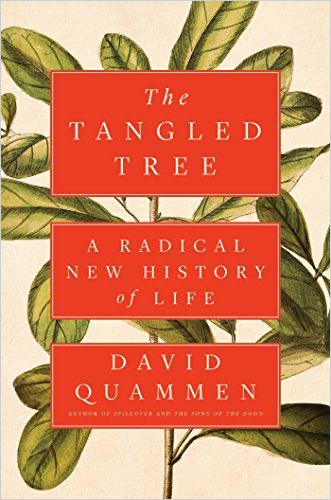Lesson 1- Epidemiology and Public Health
Epidemiology is the study of disease that affects populations, with the overriding aim of preventing infections in people and animals. In this context, public health refers to the plethora of measures adopted to improve health in any given community, whether local, regional or global.
One of the basic tenets concerning public health is that in a world characterized by the cause-effect relationship between things, answers always wait to be discerned. There has to be a desire to find the truth before embarking upon a mission to determine the truth. But perhaps the most crucial tenet is cooperation. History is a witness of it. Despite the raging rivalry between the US and USSR at the peak of the Cold War, the two superpowers set aside their differences and cooperated to defeat smallpox. The biggest issue with microbes is that they were here before us, and if humans are not careful, they will obliterate human life. A new disease in one corner of the world can reach the other corners if not taken seriously. Thus, the threat to the self is one of the most significant factors which will propel cooperation among nations and people. Pop culture suggests that the advent of alien invasion will most likely bring about cooperation. However, it is a viral pandemic that will seek to replace the idea of alien invasion to propel cooperation among states.
One of the primary goals of an epidemiologist is prevention. The second goal is related to the former one. If prevention fails, the next attempt will be to restrict the spread of the disease and damage control, including the use of medical arsenals. A consistent phenomenon in nature is that one life equals one death. The public health plan does not seek to curb death but only attempts to avoid bad death.
Epidemiologists employ scientific methods to identify microbes and diseases. Observation occupies a central role in scientific methodology. By the 18th Century, it was observed that milkmaids in rural England were immune to smallpox. In 1796, Dr Edward Jenner hypothesized that exposure to less severe cowpox formed an immunity shield against smallpox. To prove his hypothesis, he conducted an experiment in which pus from a cowpox blister of a milkmaid, Sarah Nelmes, was used to infect James Phipps, an eight-year-old boy of a gardener. James developed symptoms like fever but gradually recovered. Next, the doctor injected pus from a smallpox blister into the boy. However, the boy was not affected by smallpox which indicated the success of his hypothesis and
Unlock Knowledge with Wizdom App
Explore a world of insights and wisdom at your fingertips with the Wizdom app.
 1 Million+ App Download
1 Million+ App Download  4.9App Store Rating
4.9App Store Rating 5000+Summaries & Podcasts
5000+Summaries & Podcasts
Reviews for Summary of Deadliest Enemy
Unlock Deadliest Enemy Lessons!
FAQs
In the summary of Deadliest Enemy book, there are 4 key lessons. These lessons include:
- Lesson 1- Epidemiology and Public Health
- Lesson 2- Microbiome and the World
- Lesson 3 – Threat Matrix and Crisis Agenda
- Lesson 4- The Story of the advent of HIV









